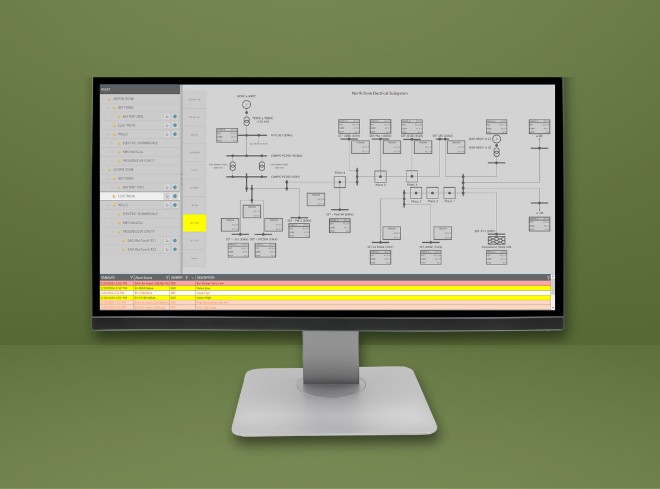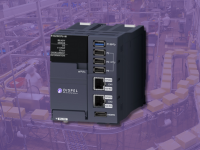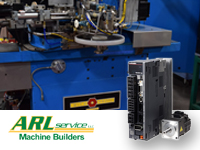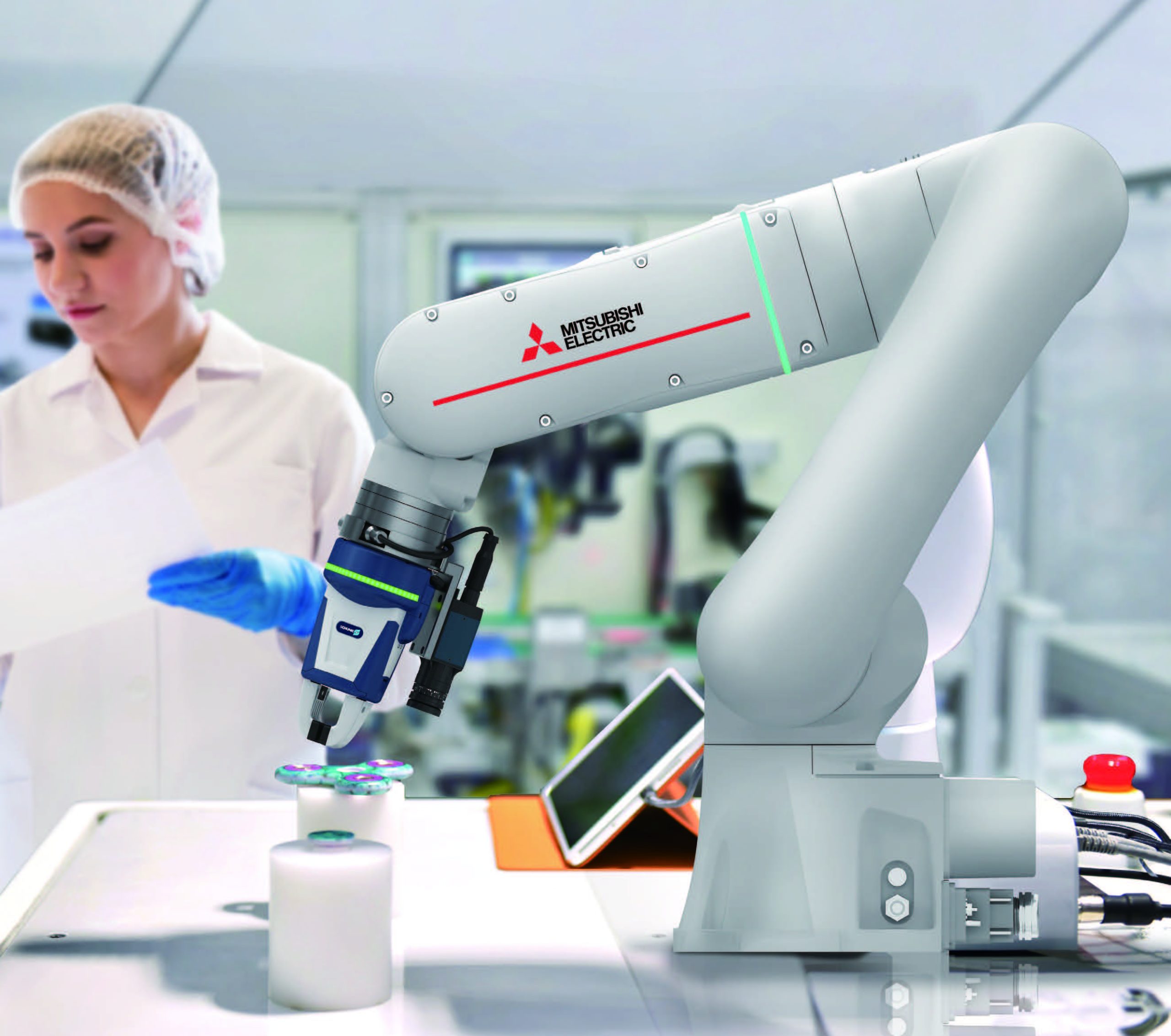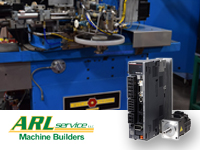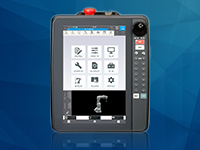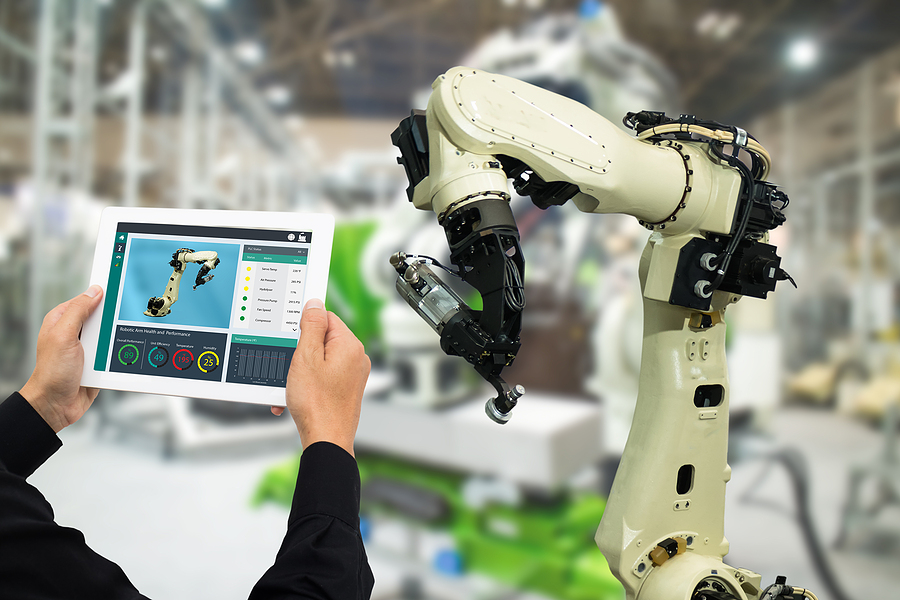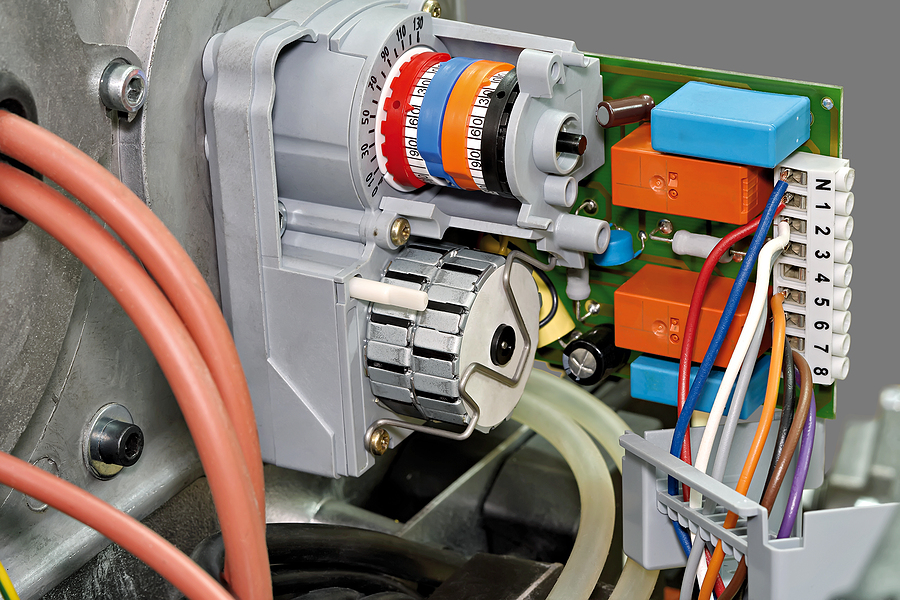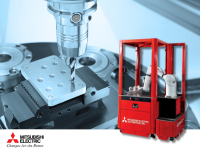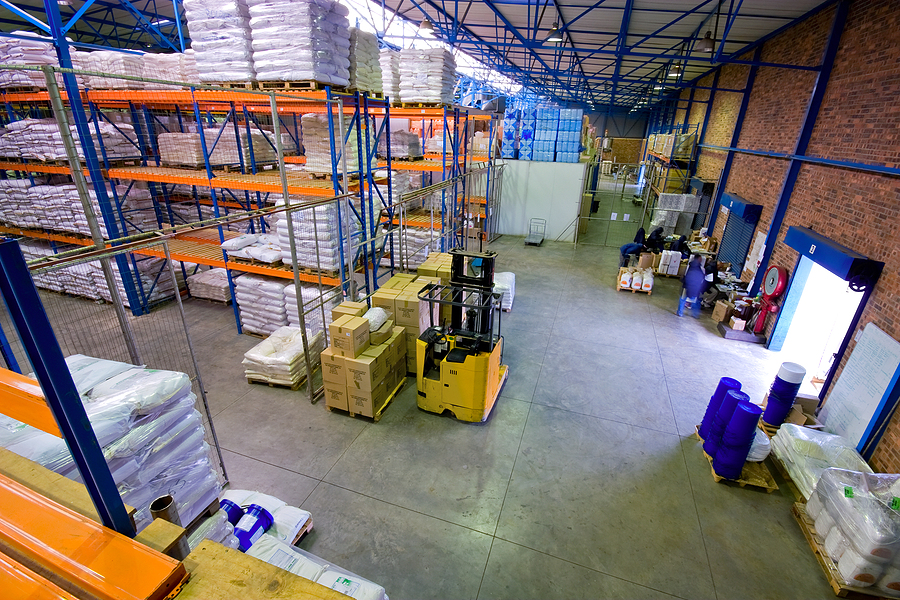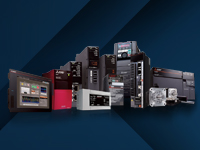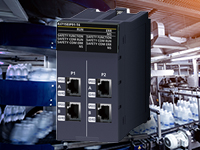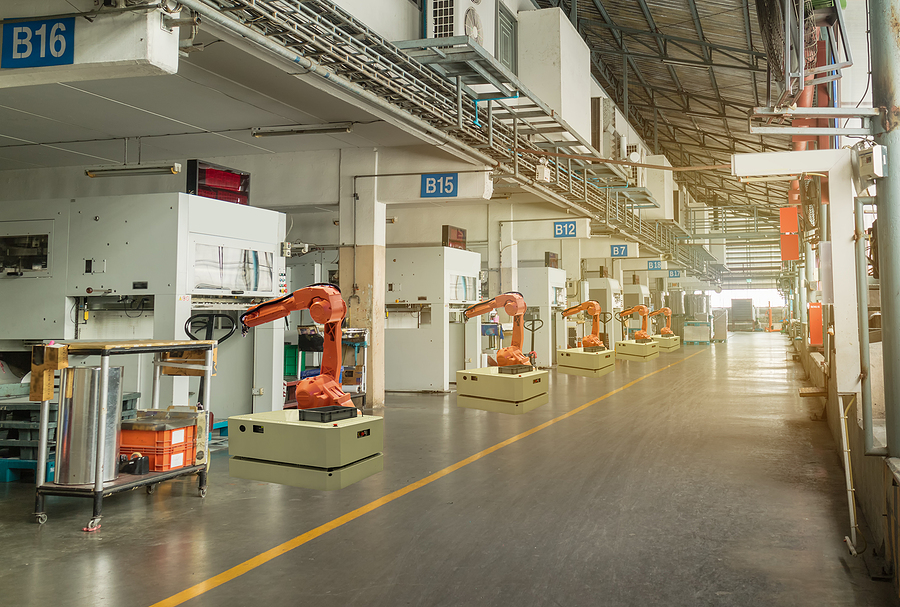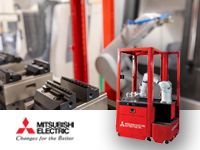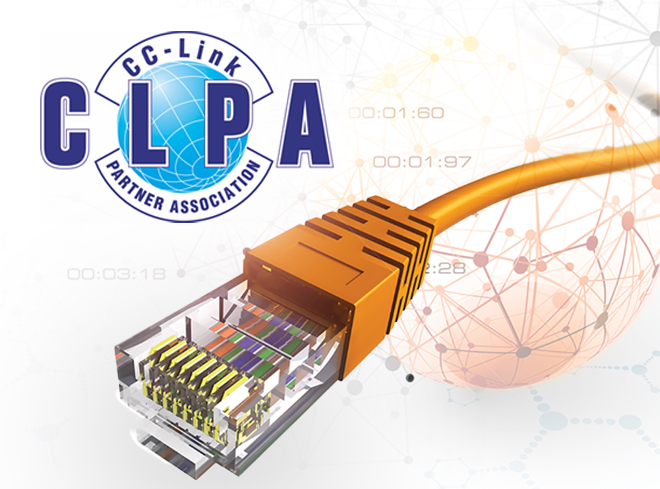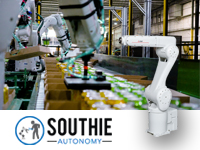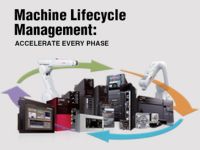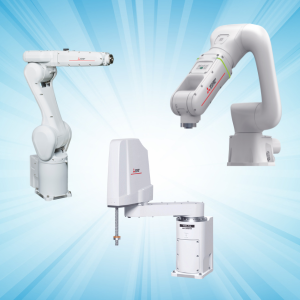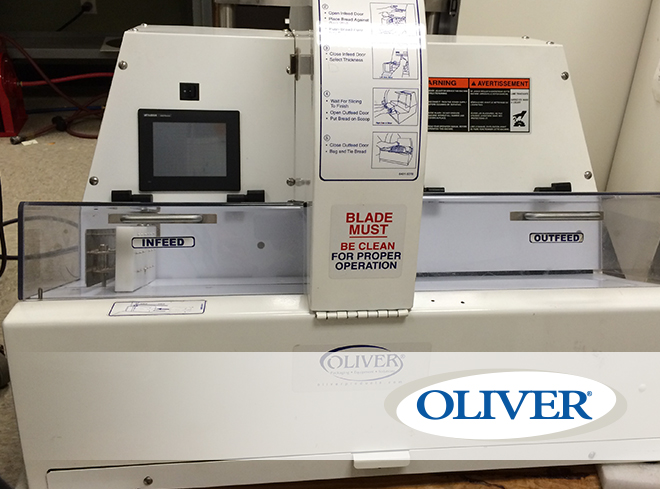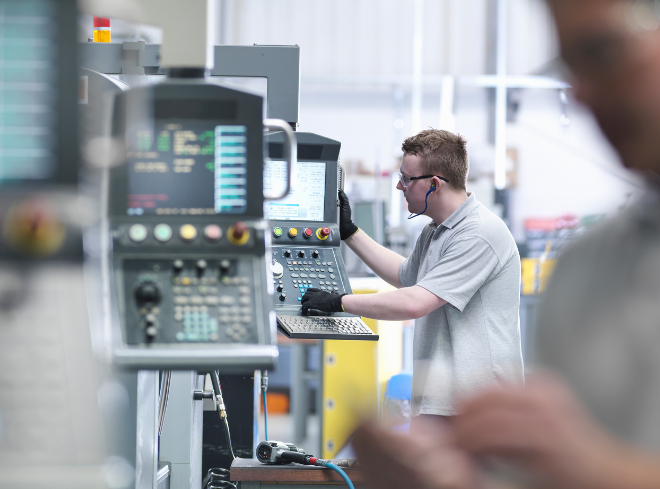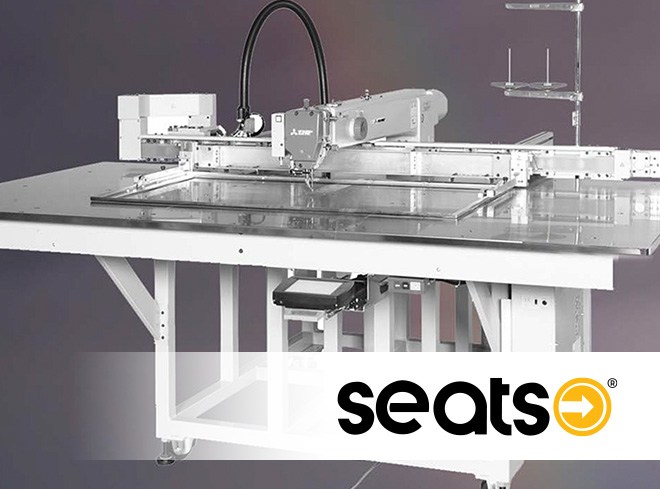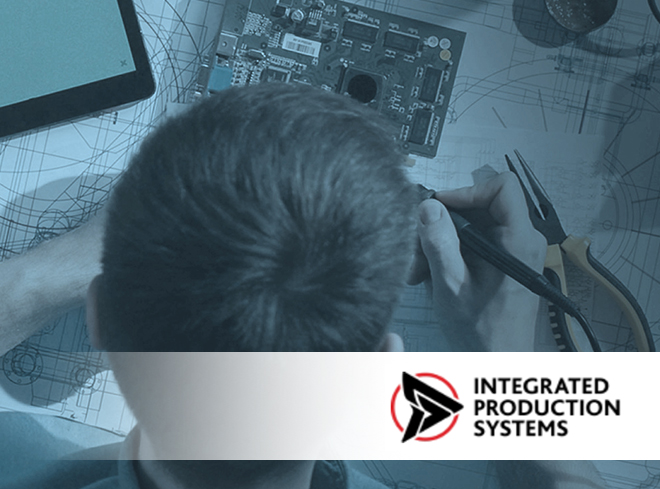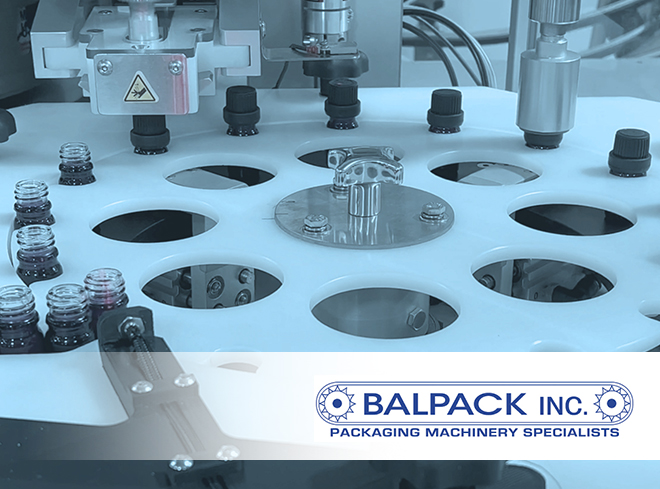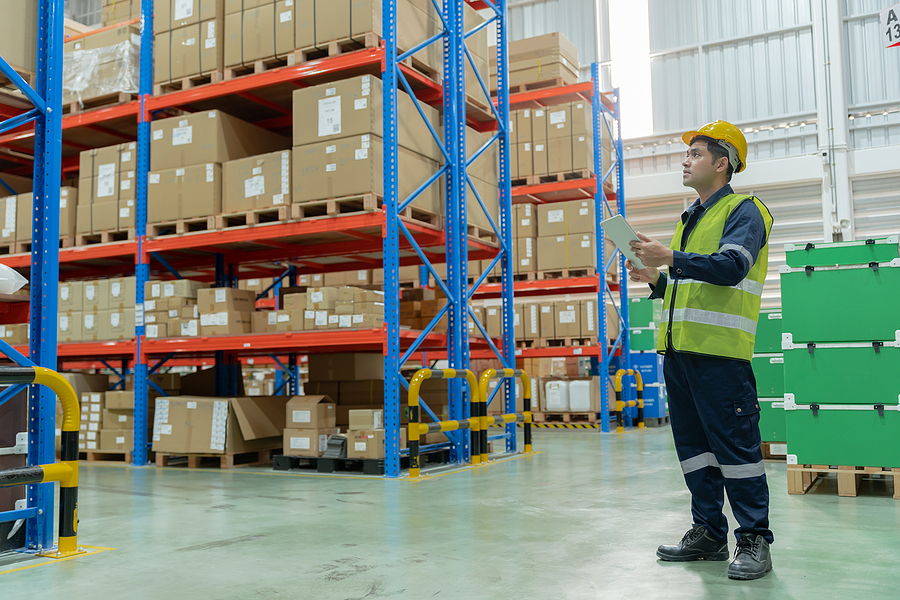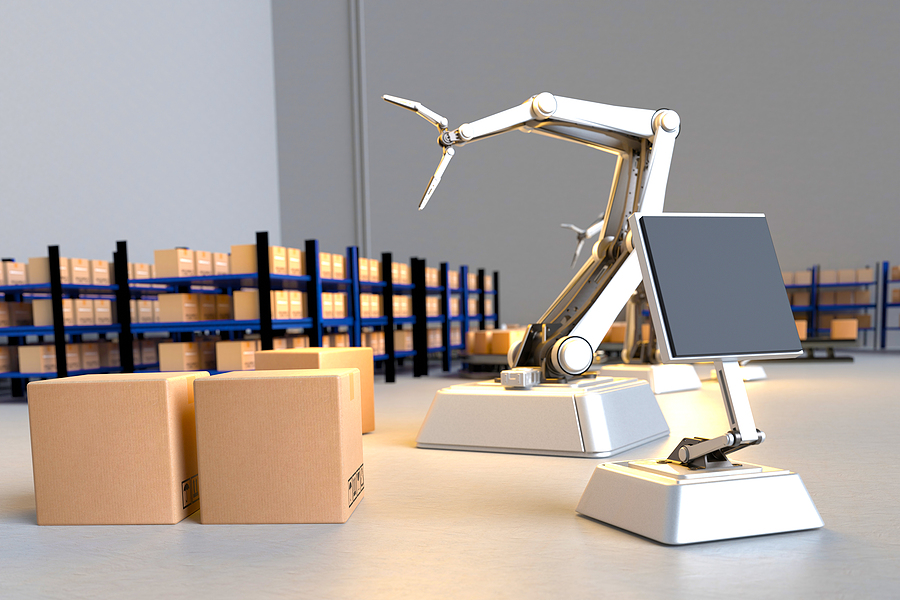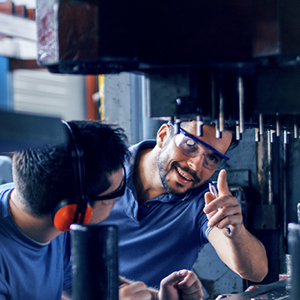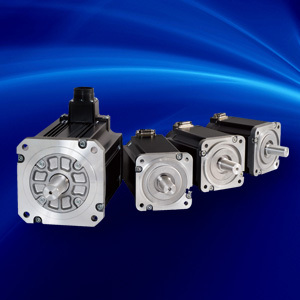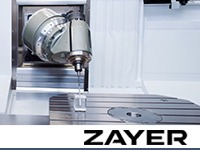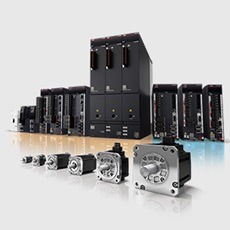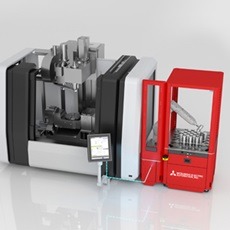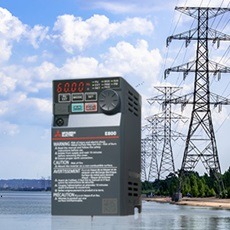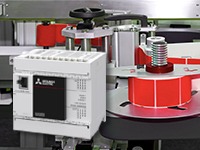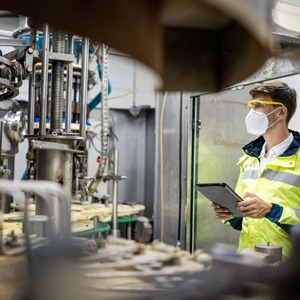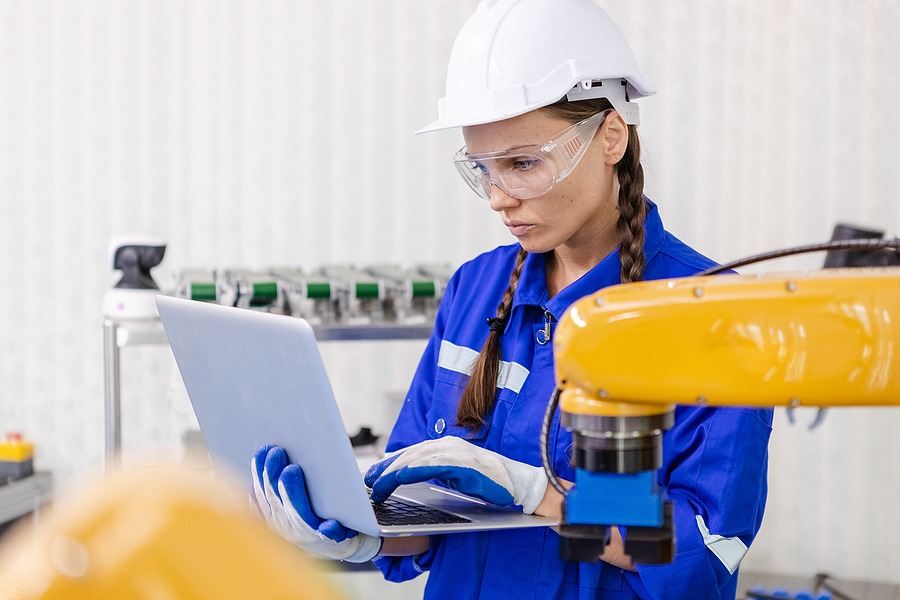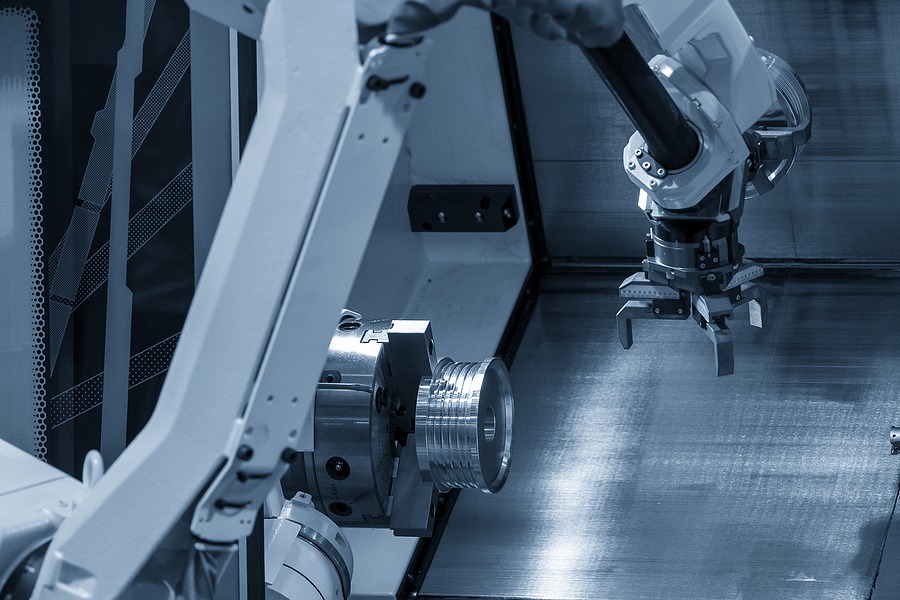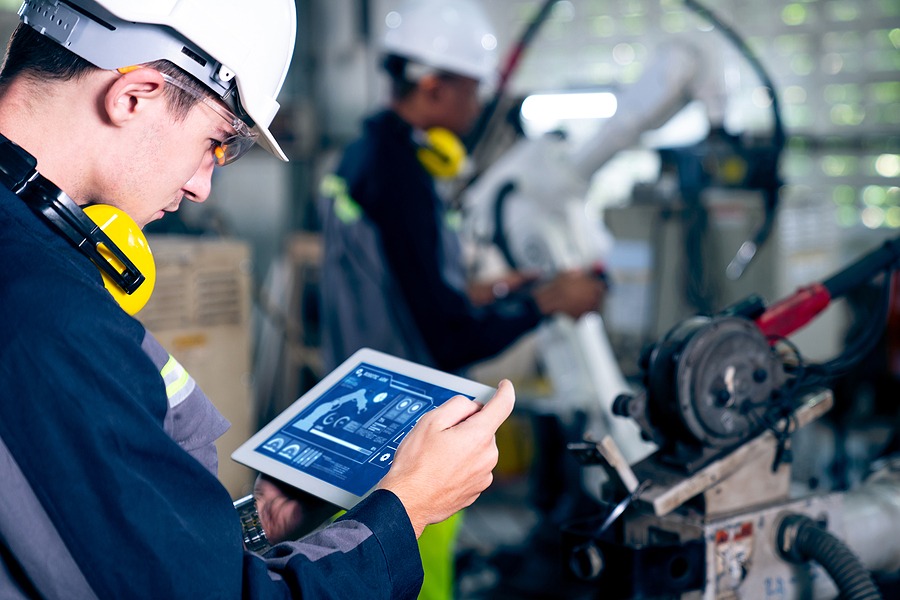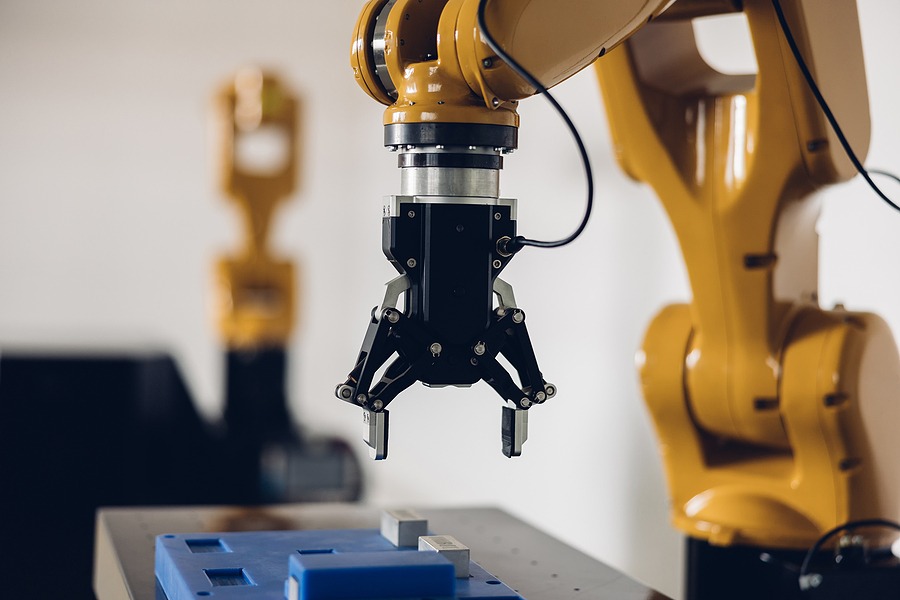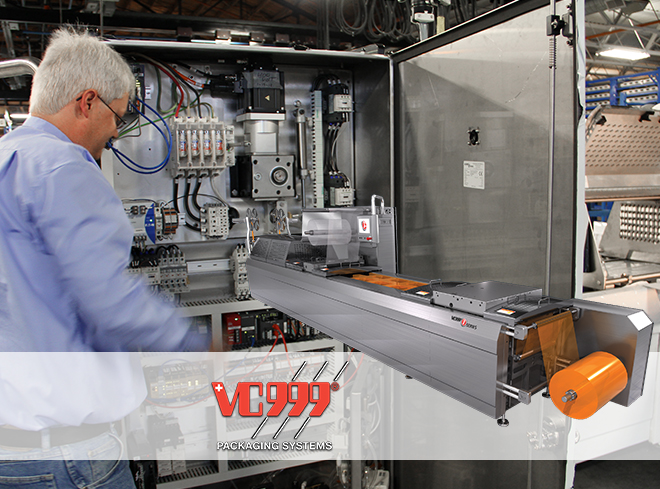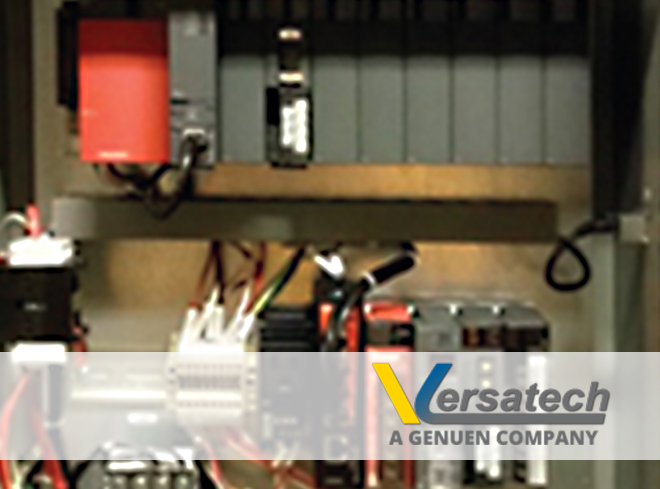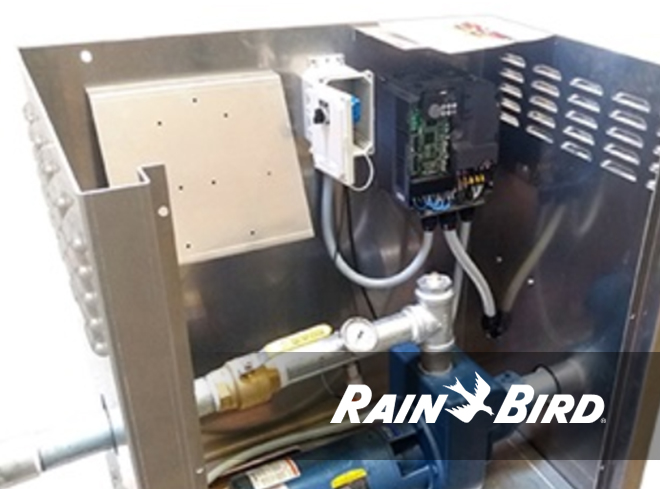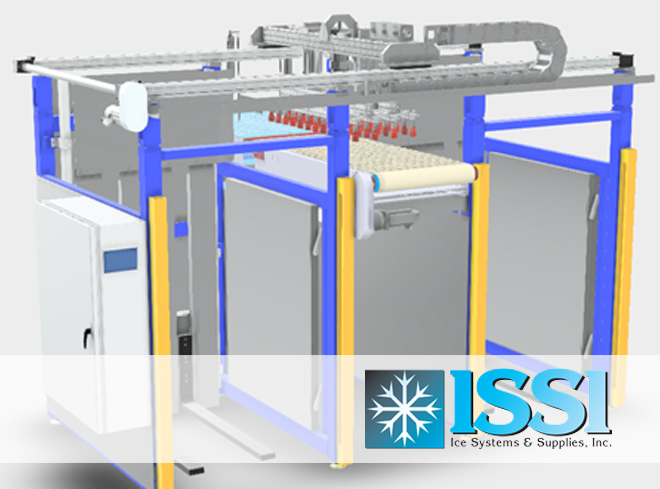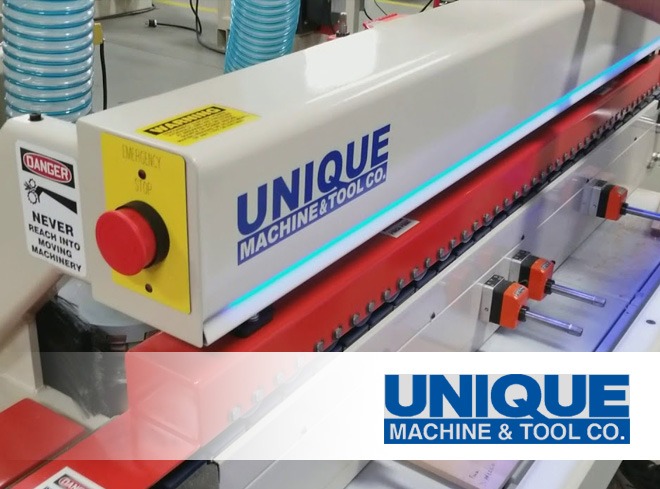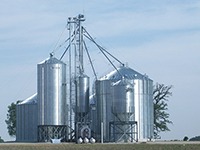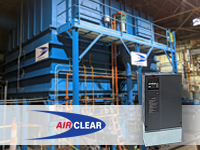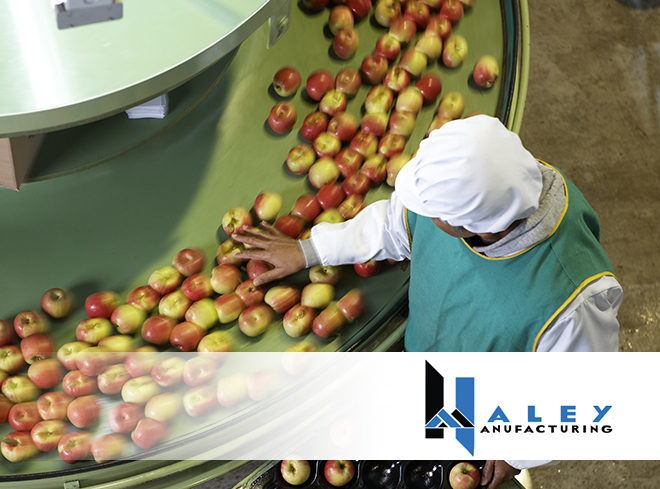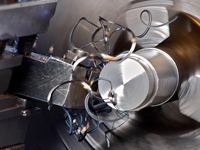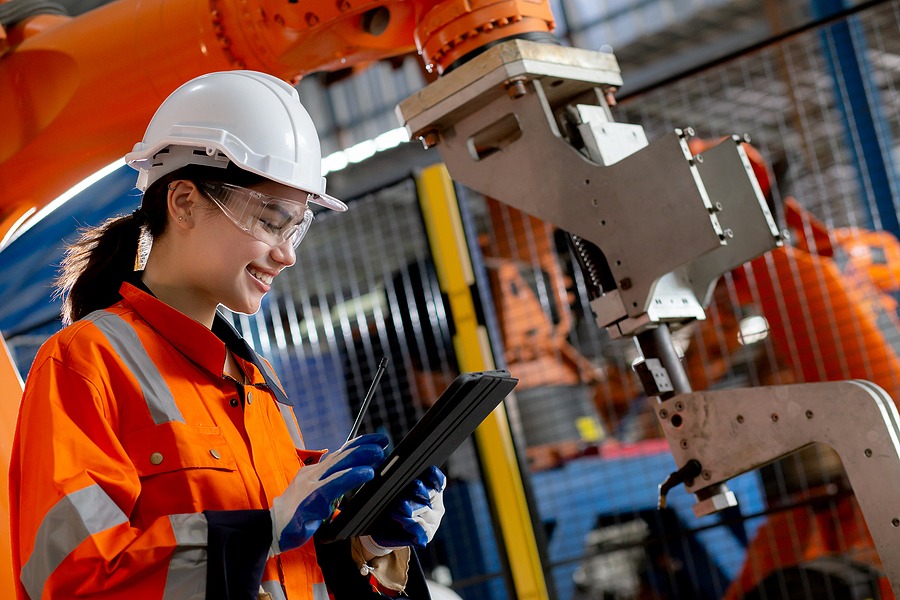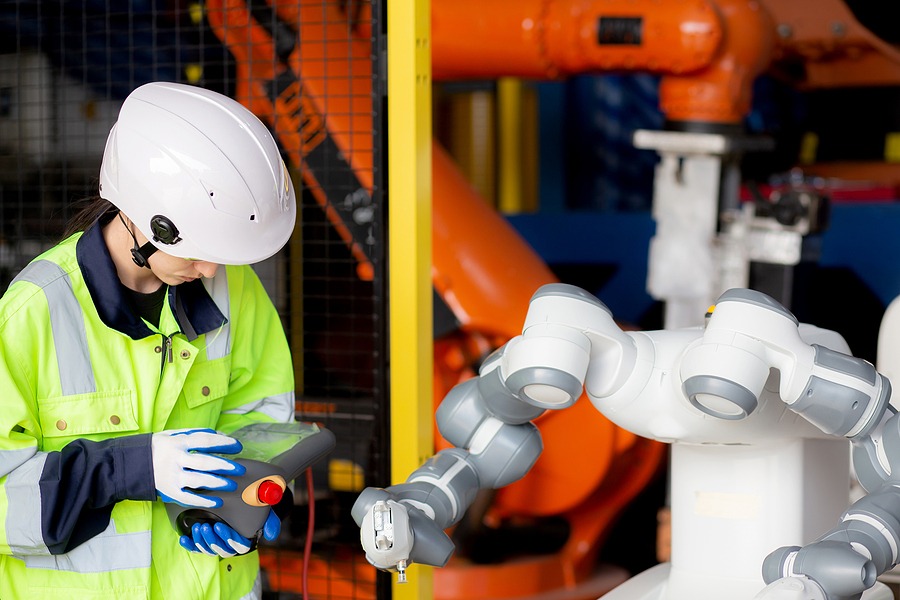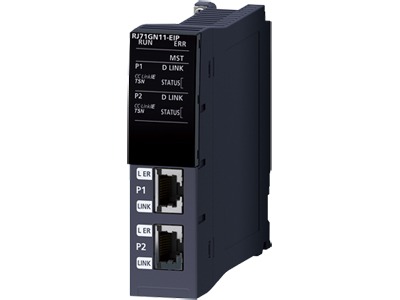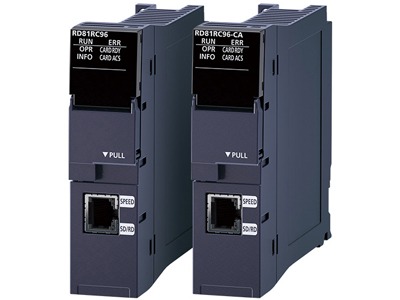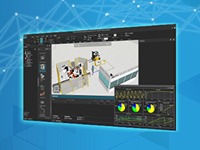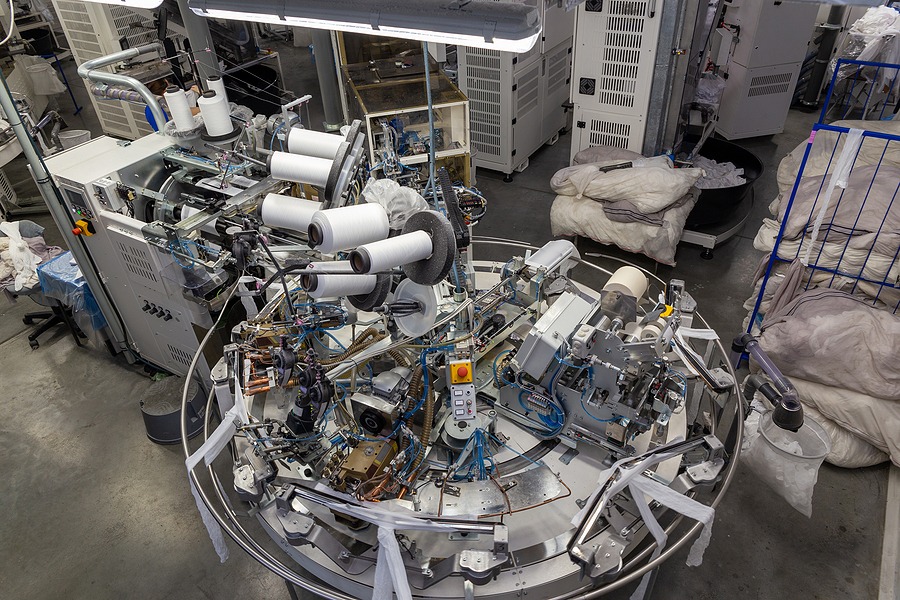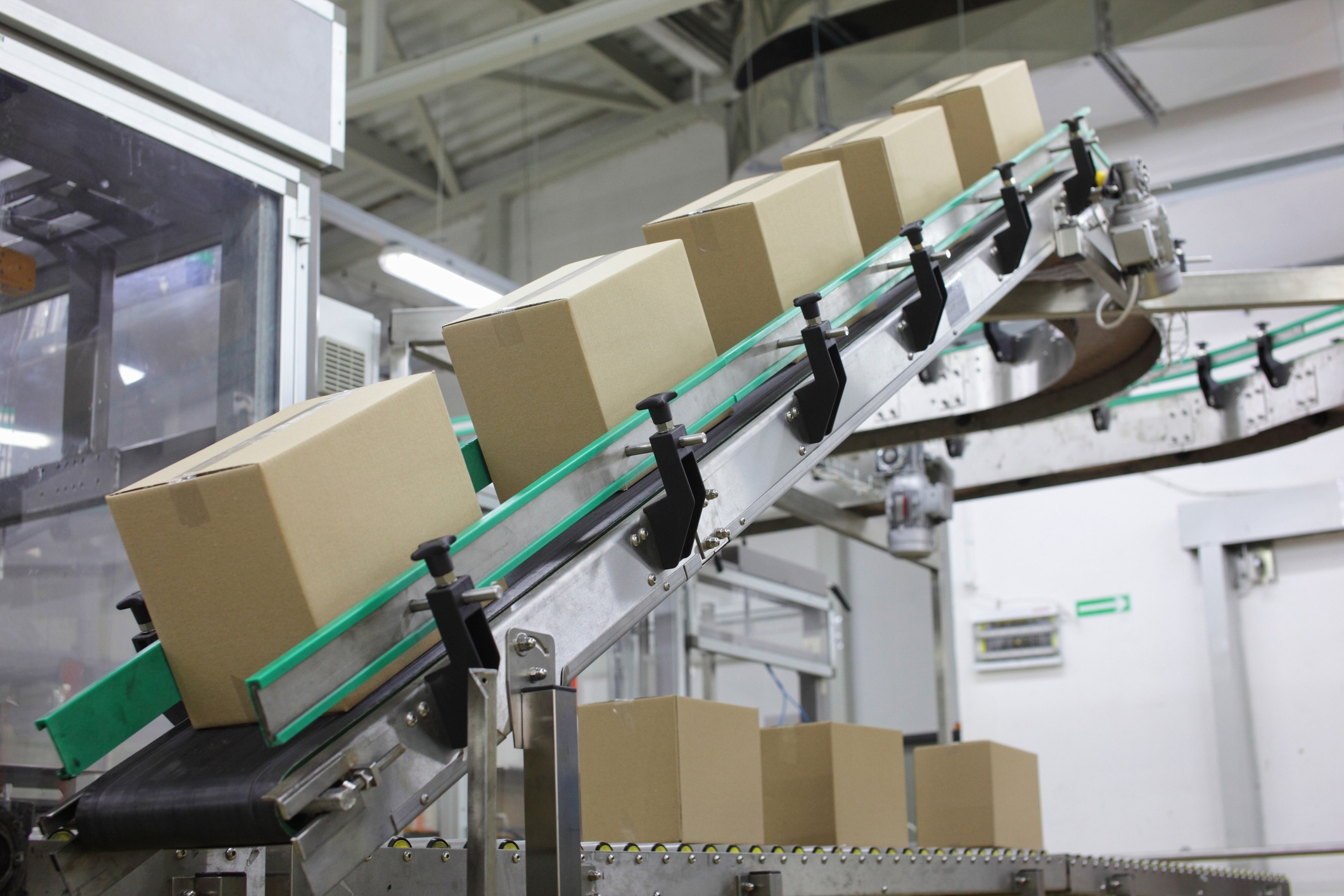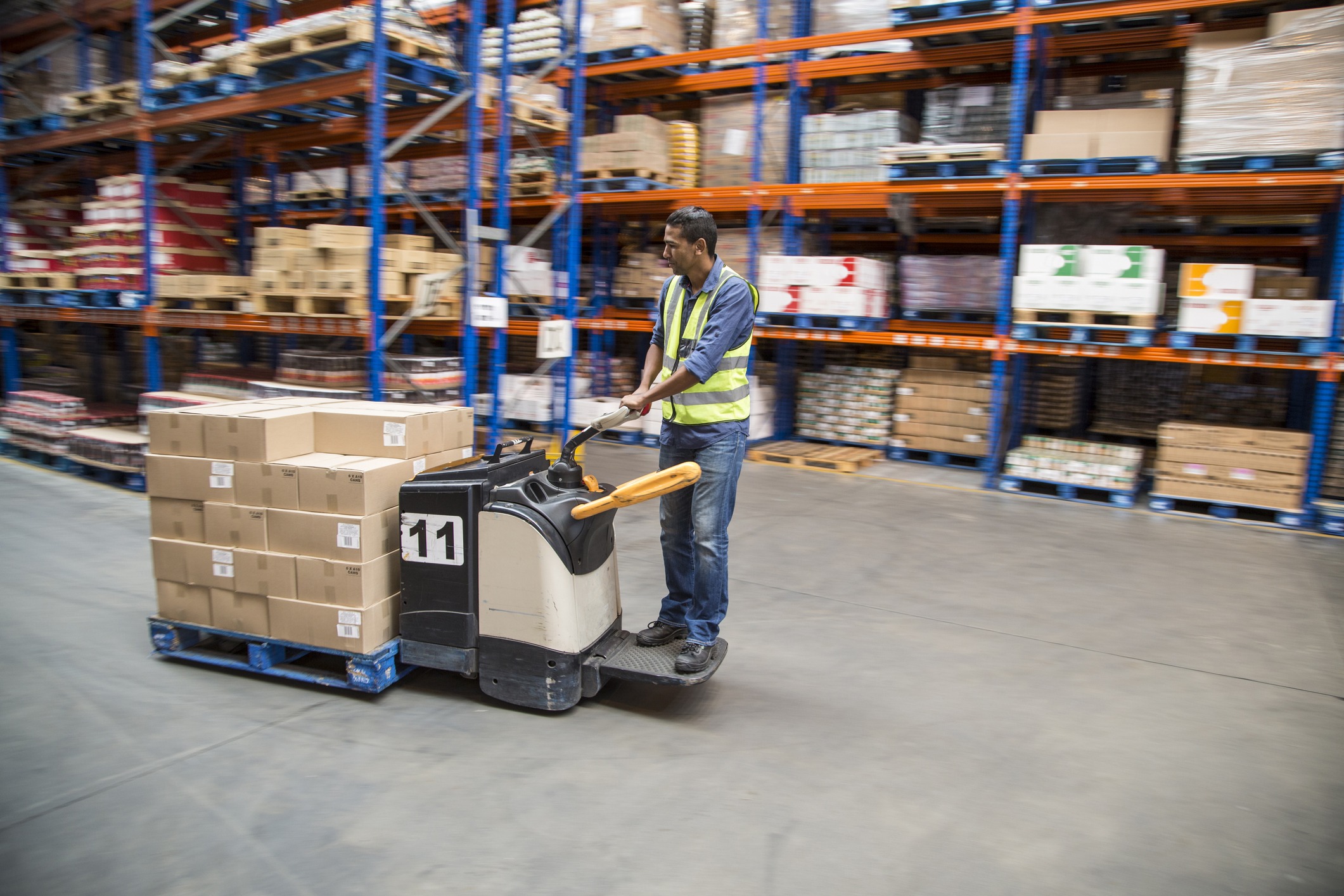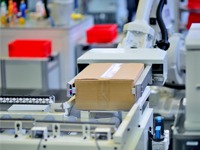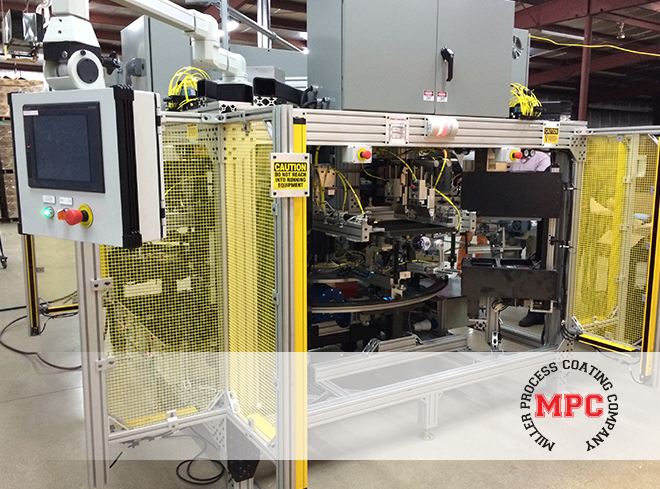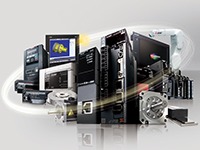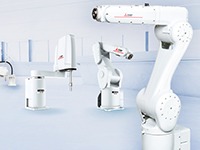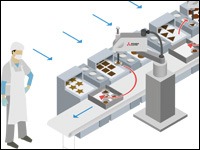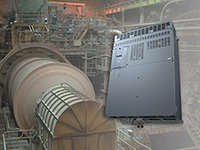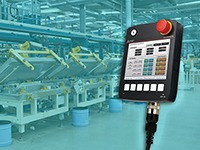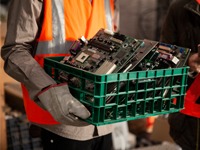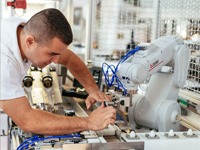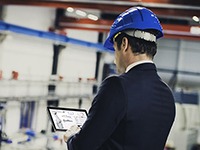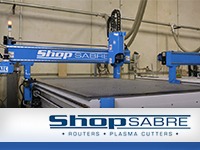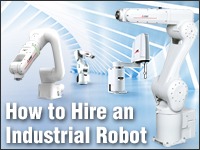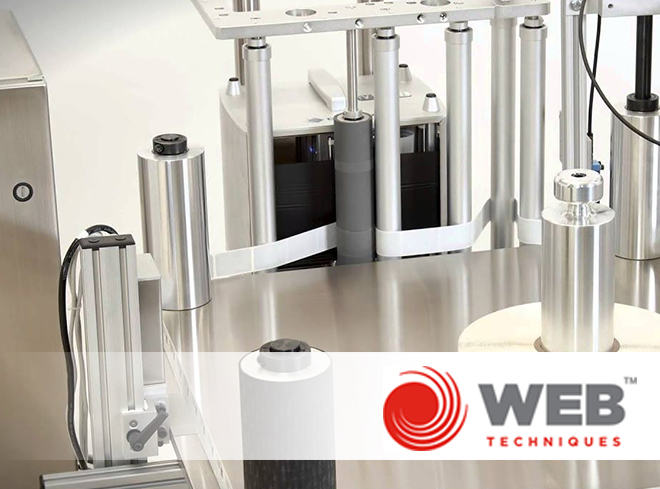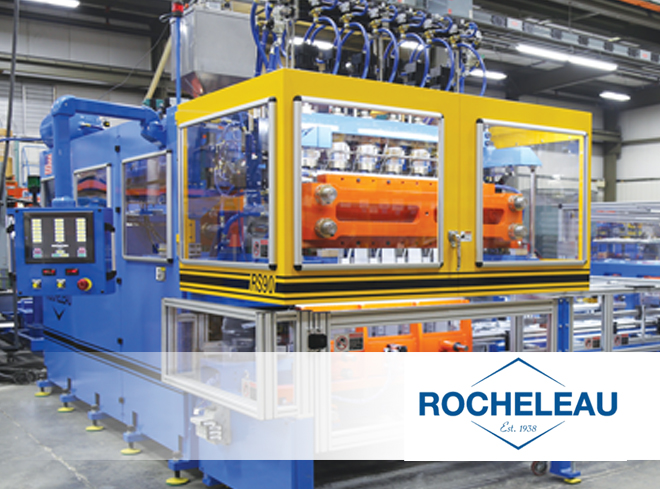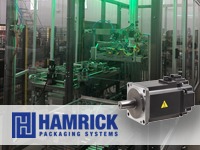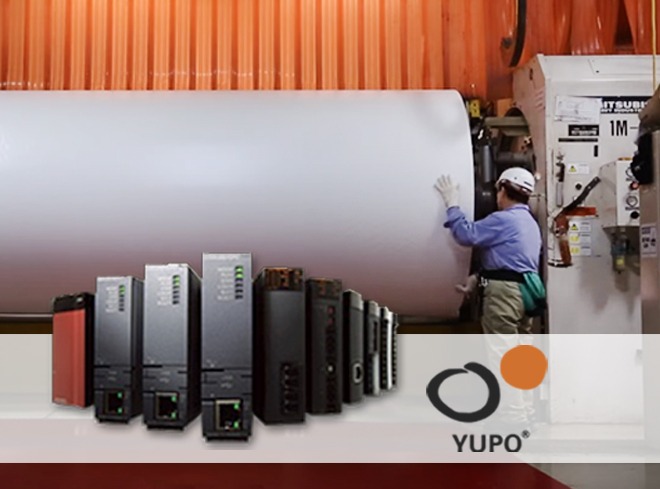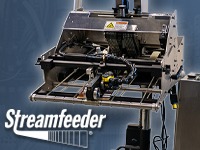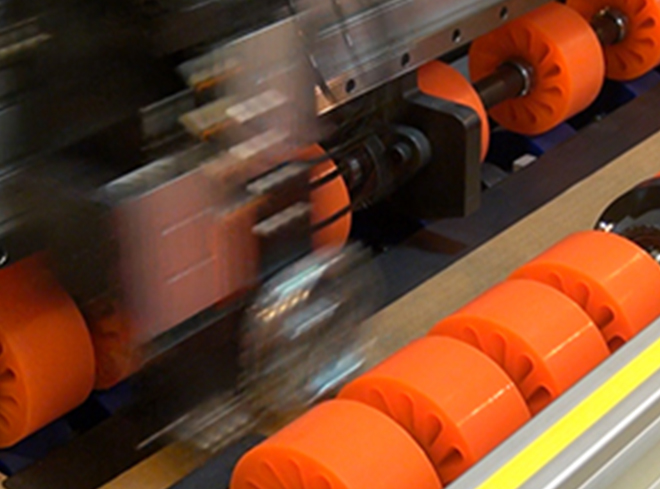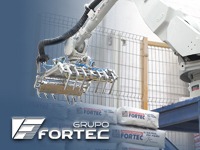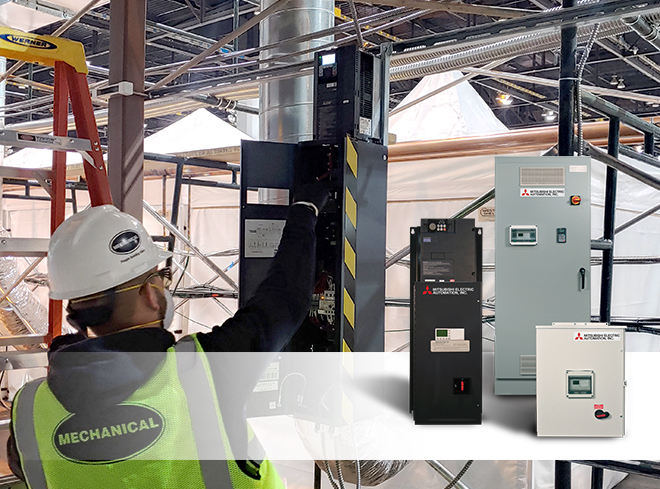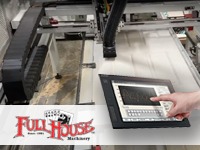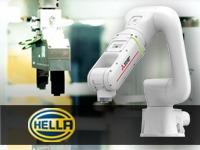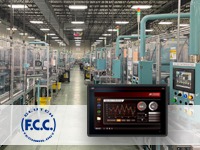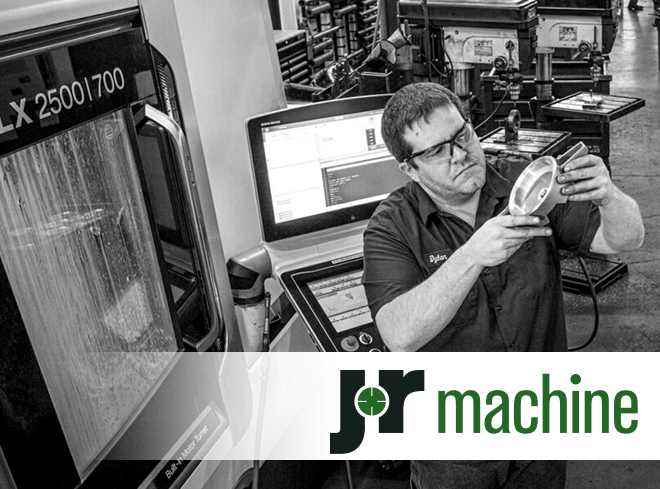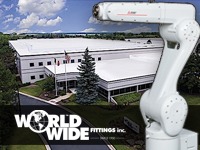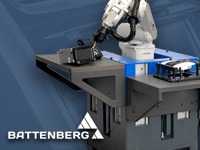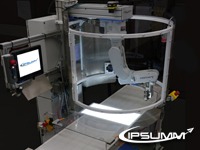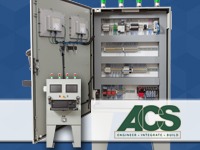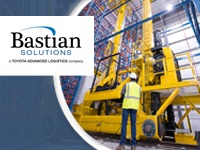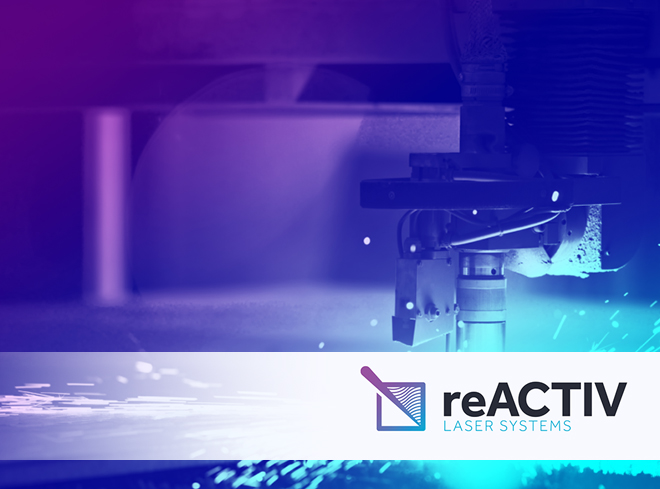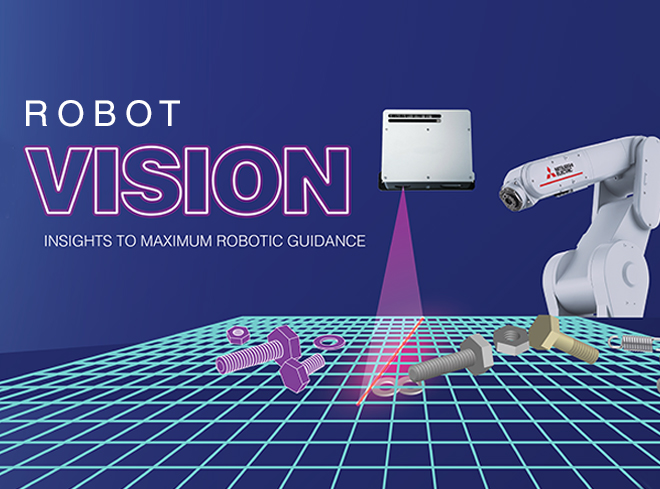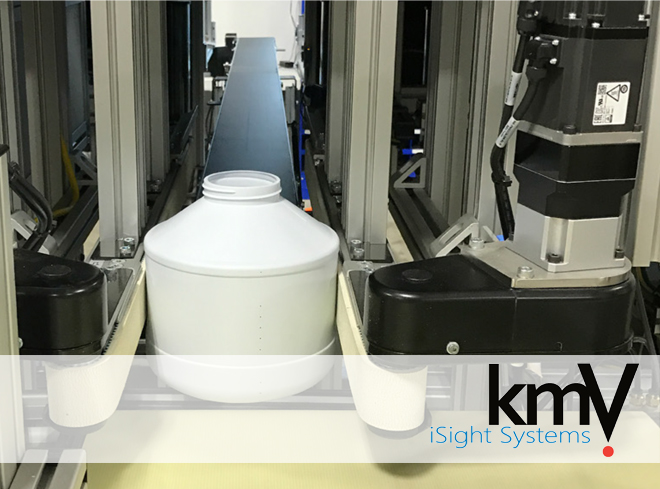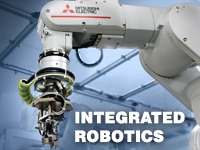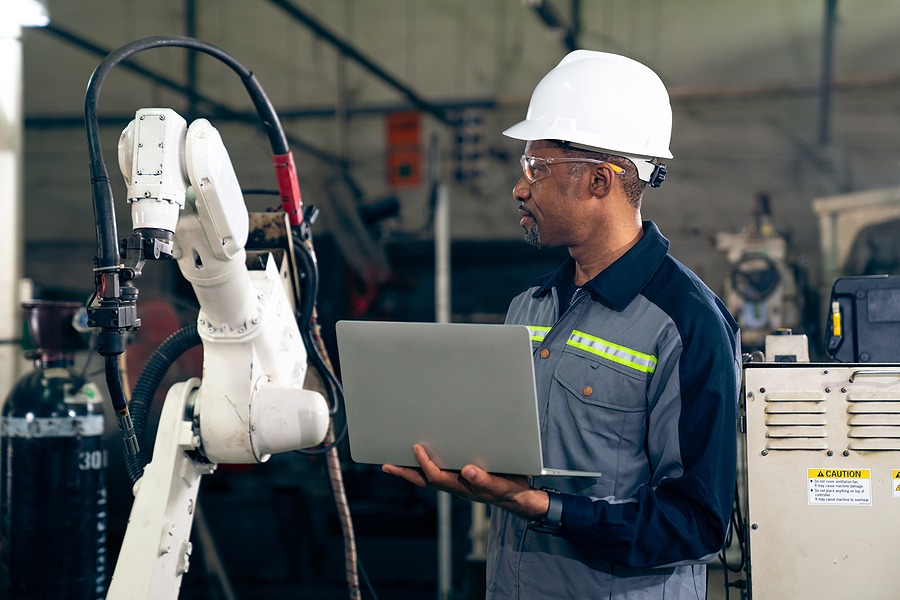
Is it time to automate your factory? Learn about the pros and cons, the types of automation, and the four steps you can take to get started.
A 2018 survey found that more than half of a factory’s employees found their productivity impacted by outdated machinery. This same study showed that 63% of employees felt upgrades were not made due to the cost. Meanwhile, management reported that only 38% of their equipment was unusable.
Think about your plant and ask these questions:
- How much of your employees’ hours are spent waiting for maintenance to fix a machine?
- How often do your machines need repair?
- How much time is spent waiting for hard-to-find parts to arrive or be created by a tool and die expert?
- In a year, how much money are you spending or even losing due to outdated equipment?
- How many of your orders reached clients late due to equipment downtime?
- Have frequent downtimes impacted your employees’ morale and job satisfaction?
The minute that old, unusable equipment impacts your workflow, it’s important to look into the benefits of factory automation.
What Is Factory Automation?
Factory automation involves using hydraulic and pneumatic equipment, AI, and robotics from the start of your manufacturing process to the final steps. It boosts output, decreases your energy use, and lowers your overall costs. Plus, it’s often much safer than having employees trying to perform tasks with items that are hazardous or weigh excessive amounts.
Understanding the Future of Factory Automation
You’re familiar with the internet. You also have the Internet of Things (IoT) which involves objects that have sensors, processing abilities, and technology that enables the item to exchange data by allowing devices to connect. Think about the way that diabetics used to check sugar levels and record the numbers and share them with their doctors.
Today, you have devices that stick to the arm, test blood sugar levels, and report the results digitally to both their app and their patient file. That’s one example of how the IoT has led to amazing advancements.
In a factory, you could have a machine continually track the amount of product it’s produced and track when routine maintenance is needed. It will send an alert to computers in the maintenance department or even initiate maintenance on its own through things like recalibrating and updating software.
The factory of the future will have a mix of humans and robotic equipment that produces items faster with less error and scrap. AI and robotics deliver precision on a level that no human can, but that doesn’t mean that employees are no longer needed. AI and workers become a team.
What Are the Benefits and Disadvantages?
What are the benefits of an automated factory? There are many benefits, but there are also a few disadvantages to consider. What you have to remember is that the benefits outweigh the handful of disadvantages.
- Output increases
Factory automation boosts output. Machines don’t get tired, need days off, or require a two-week vacation. They work all day, all night, and on holidays. That alone increases your production rates.
But, there are other factors to consider. Factory equipment that uses AI and robotics is precise. If vibrations have started to shift components, they’re self-correcting, so precise measurements are always the case. That reduces scrap and saves your company money.
- Labor costs reduce
How often are you paying overtime at time-and-a-half or double-time rates? That gets costly, and your employees may not always love being forced to work overtime on their days off. They get tired and that lowers morale and workplace satisfaction.
An unhappy employee is more likely to make mistakes due to exhaustion, and those mistakes can lead to injuries. You now have an employee at home being paid worker’s compensation benefits, so you’re paying for a temporary worker and may see your worker’s compensation insurance rates increase. Your labor costs end up increasing.
Smart machines do not need overtime pay. They don’t need breaks or days off. They can’t get injured on the job. Plus, they are going to reduce your energy bills, so you save money there, too.
- Plants run 24/7
Robotic equipment runs all day, all night, on holidays, and weekends. It doesn’t need time off, and it doesn’t even need human comforts like heat and lights, which can save money.
This is where there is one downside. You may find your workers become fearful and even angry that they’re being replaced. Make sure they know they will be given new roles where they get advanced training and vital work skills in factory automation. If you’re proactive in explaining what they will gain for training and knowledge, it eases the fear and uncertainty.
- Maintenance requirements decrease and there’s less downtime
Machines that incorporate AI benefit from predictive maintenance. Instead of having a machine that breaks down suddenly and without warning, you have machines that provide routine maintenance to prevent these problems.
These machines can also analyze their production and output and alert your maintenance team to upcoming problems so that parts are ordered and ready to be installed before there is any downtime.
Types of Factory Automation
As you start to create your plan to automate your factory, consider the different types of factory automation.
- Adaptive Automation – Refers to automation that both the user and the computerized system can make changes.
- Fixed Automation – Refers to automation where production processes are preset to make one item.
- Flexible Automation – Refers to automation where changes like the quantity or type of object can be changed with ease.
- Intelligent Automation – Refers to automation that combines AI and robotics to be fully operated in an end-to-end system.
- Programmable Automation – Refers to automation where commands are coded into the system to enable the equipment to make changes while operating.
Four Steps to Factory Automation
What are the four most important steps to automating your factory?
- Assess Your Current Set-Up
First, you need to assess your current plant’s setup and operating processes. Look at what you’re currently doing and determine where there is room for improvement. Where would automation make the most sense?
- Ask for Employee Input
Once you know where you would benefit from factory automation, it’s time for the second step. Look at what type of automation would be beneficial for your needs. Make sure you’re making wise choices, and ask your employees. Factory workers probably know more about the intricacies of the machines than you do so their input can be vital to your plant’s successful transition.
- Weigh the Challenges
Don’t ignore the challenges that your plant will face. Automation does cost money, so you have to consider how much you can afford. Look into government assistance programs that may help you save money. Many grants and low-interest loans are available if you take the time to look at your options.
For example, the Small Business Administration has financial support available for small businesses that want to purchase or upgrade their equipment and renovate their facilities. This is available through the SBA CDC/504 Loan Program, 7(a) loans, and microloans.
You may also need to train your current employees, so make sure you have training sessions at times that are convenient and that while one team is being trained, another team is working. You may need to hire more workers, and that may mean working with your state’s labor division.
Factory automation is costly and may be open to cyberattacks. Make sure you have security teams trained and ready to take immediate action.
- Talk to an Expert in AI, Robotics, and Machine Upgrades
The future of manufacturing revolves around factory automation, and it’s impossible to ignore that fact. It is a costly process, but it’s a necessary one and will increase output, decrease power consumption, and improve your factory’s revenues.
Mitsubishi Electric can help you decide which upgrades make the most sense with the budget you have. We’ll help you plan the best way to automate your factory in a logical, profitable manner. Email our AI and automation specialists to learn more about factory automation and how to get started.
Work with Us and Succeed
We love our customers and the challenges they bring to us. We also like to let our customers shine by discussing how we worked together to solve their biggest challenges. If you have a challenge that needs to be solved and would like to be our next BIG success story, reach out to us and let’s connect!

